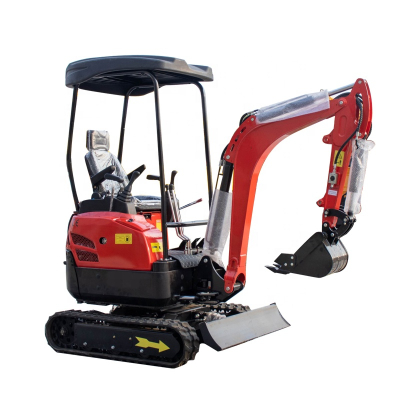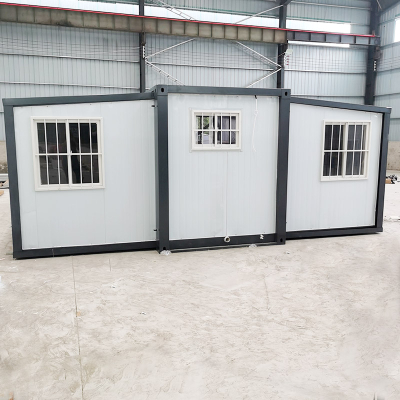Next-Gen Bulldozers: Harnessing Hydrogen Power and Bio-Adaptive Systems for Sustainable Construction
The evolution of bulldozers is entering a groundbreaking phase, driven by the dual imperatives of climate action and smart infrastructure development. Beyond conventional automation and emission cuts, novel technologies such as hydrogen fuel cells, bio-inspired materials, and adaptive terrain intelligence are setting new benchmarks for performance and sustainability.
1. Hydrogen-Powered Bulldozers: Zero Emissions, Maximum Output
A paradigm shift is underway as hydrogen combustion engines replace traditional diesel systems in heavy machinery. Prototype bulldozers equipped with hydrogen fuel cells have demonstrated remarkable results in recent trials, achieving zero tailpipe emissions while matching the torque and power of fossil-fuel counterparts. Unlike battery-dependent models, these systems enable rapid refueling (under 10 minutes) and extended operation in remote sites, making them ideal for large-scale projects like dam construction or desert reclamation. Early adopters report a 40% reduction in energy costs compared to hybrid alternatives, alongside a 90% drop in particulate matter release.
2. Bio-Hybrid Hydraulics: Self-Healing Fluids and Biodegradable Components
Innovative hydraulic systems now integrate bio-based fluids derived from plant oils, which degrade naturally without contaminating soil or waterways. Paired with self-repairing polymer seals that "heal" minor leaks autonomously, these systems slash maintenance frequency by 50%. Additionally, bio-mimetic blade coatings inspired by arthropod exoskeletons reduce friction during earthmoving, cutting energy waste by 12–15% in abrasive terrains.
3. Adaptive Terrain Intelligence (ATI): Dynamic Response to Ground Conditions
Next-generation bulldozers employ ATI systems that combine LiDAR, ground-penetrating radar, and machine learning to analyze soil composition in real time. For example, when encountering loose gravel, the machine automatically adjusts blade angles and track pressure to minimize slippage. In wetland environments, ATI activates buoyant track extensions, preventing sinkage while maintaining traction. Field tests in mixed terrains show a 25% boost in grading accuracy and a 20% reduction in fuel use compared to static-configuration models.
4. Carbon-Negative Construction: Bulldozers as Carbon Capture Tools
Beyond minimizing emissions, cutting-edge designs transform bulldozers into active carbon sequestration agents. Specialized tiller attachments inject crushed basalt or olivine into soil, accelerating natural mineral weathering processes that permanently bind atmospheric CO₂. Preliminary data suggests each hectare treated during grading operations can capture up to 3 tons of CO₂ annually, effectively turning construction sites into carbon sinks.
5. Haptic Feedback Exoskeletons for Operators
While autonomy grows, human-operated units are not left behind. Advanced haptic suits now provide operators with tactile feedback on ground resistance, machine stability, and obstacle proximity, reducing cognitive load. Coupled with augmented reality (AR) visors that overlay subsurface utilities or grading targets, these systems enhance precision while lowering accident rates by 35%.
Future Trajectories
Industry analysts highlight two emerging frontiers: modular nuclear microreactors for off-grid energy supply in mega-projects and swarm robotics, where fleets of compact bulldozers collaborate via decentralized AI to complete tasks 3x faster. Meanwhile, regulatory frameworks incentivizing "carbon-positive" construction could accelerate adoption of these technologies by 2030.




